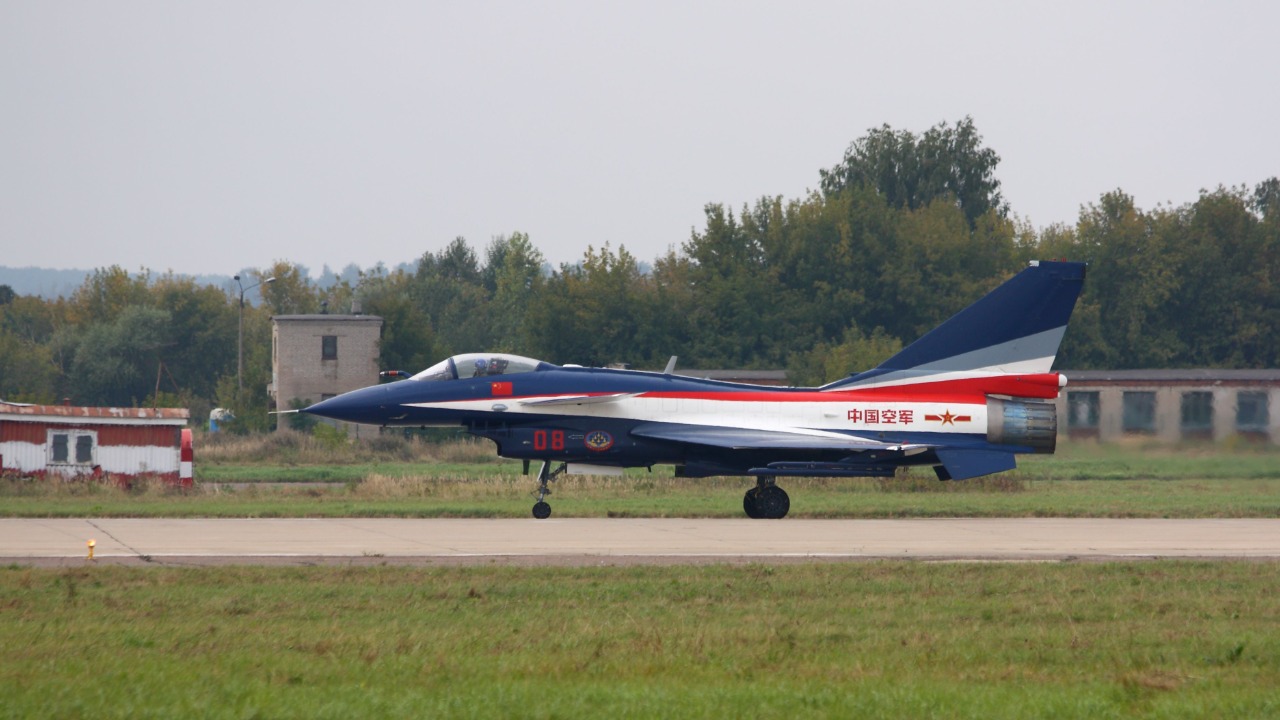
The Chengdu J-10 and the Lockheed Martin F-16 represent the pinnacle of fourth-generation fighter technology from China and the United States, respectively. The J-10, a product of China’s push into advanced multirole fighters, was developed as a response to the global dominance of the F-16, which has been a mainstay of the U.S. Air Force since the late 1970s. This article will compare these two formidable aircraft, examining their origins, design, performance, avionics, armament, and operational history.
Origins and Development
The J-10’s development began in the 1980s under Project 10, a Chinese government initiative aimed at countering Western fighter superiority. The initial design was influenced by Israeli Lavi technology, with assistance from the Russian Mikoyan bureau. The prototype was rolled out in 1997, marking a significant milestone in China’s aviation industry.
On the other hand, the F-16 was born out of the U.S. Air Force’s Lightweight Fighter program in the 1970s. It was selected over the YF-17 after a fly-off competition in 1975, and its single-engine design was chosen for cost-effectiveness. The first production contract was awarded to General Dynamics in the same year, marking the beginning of the F-16’s journey to global dominance.
Design and Aerodynamics
The J-10 features a delta-wing with canards configuration for enhanced maneuverability. It measures 15.49 meters in length, has a wingspan of 9.75 meters, and a maximum takeoff weight of 19,277 kg. Later variants like the J-10B incorporated composite materials and DSI inlets into their design.
Comparatively, the F-16 has a cropped delta wing and leading-edge extensions. It is slightly shorter than the J-10 at 15.06 meters, but has a slightly wider wingspan at 9.96 meters. Its maximum takeoff weight is 19,200 kg. The F-16’s design also evolved over time, with the introduction of fly-by-wire controls in 1975 and the use of composite materials in Block 50 models.
Powerplant and Performance
The J-10 initially used the Russian AL-31FN turbofan engine, which produces 12,500 kgf of thrust. This allows the aircraft to reach a top speed of Mach 1.8 and a service ceiling of 18,000 meters. The J-10C variant tested the indigenous WS-10A engine in 2015 for improved reliability.
The F-16, on the other hand, uses the Pratt & Whitney F100-PW-200 engine in early models, which provides 12,900 kgf of thrust. This enables the F-16 to achieve a top speed of Mach 2.0 and a service ceiling of 15,240 meters. Later F110 variants offer similar power, while the Block 70/72 models feature an enhanced F100-PW-229 engine with 13,154 kgf of thrust.
Avionics and Cockpit
The J-10’s cockpit is equipped with multifunction displays and helmet-mounted sights, integrated with a Chinese KLJ-7 radar that can detect targets at a range of 75 km. The J-10B variant introduced an AESA radar around 2010 for improved target detection and tracking.
In contrast, the F-16’s cockpit has evolved significantly over time. The Block 50 variant introduced the AN/APG-68 radar with a detection range of 120 km, and hands-on-throttle-and-stick (HOTAS) controls have been a feature since 1981. The F-16V model, upgraded from 2017, features the Scalable Agile Beam Radar (SABR) AN/APG-83 for enhanced situational awareness.
Armament and Combat Capabilities
The J-10’s armament includes PL-12 beyond-visual-range missiles with a range of 100 km and PL-8 short-range missiles. The aircraft can carry a payload of up to 5,600 kg on 11 hardpoints. Initially, the J-10 focused on air-to-air combat roles.
The F-16, however, is equipped with AIM-120 AMRAAM missiles with a range of 105 km and AIM-9 Sidewinder missiles. It can carry a larger payload of 7,700 kg on 9 hardpoints, including precision-guided bombs like JDAM. The F-16 has proven its versatility in both air-to-air and air-to-ground roles, notably during operations like Desert Storm in 1991.
Operational History and Exports
The J-10 made its combat debut in exercises and was exported to Pakistan as the J-10CE in 2022. Pakistan ordered 25 units for $1.4 billion amid tensions with India. Since 2004, over 600 J-10s have been manufactured in China.
The F-16, however, has a more extensive service record. By 2017, 4,602 units had been built and used in 36 conflicts, including the 1981 Bekaa Valley operation. The F-16 is in service in 25 countries, and production continues at Lockheed Martin’s facility in Greenville, South Carolina.
More from MorningOverview